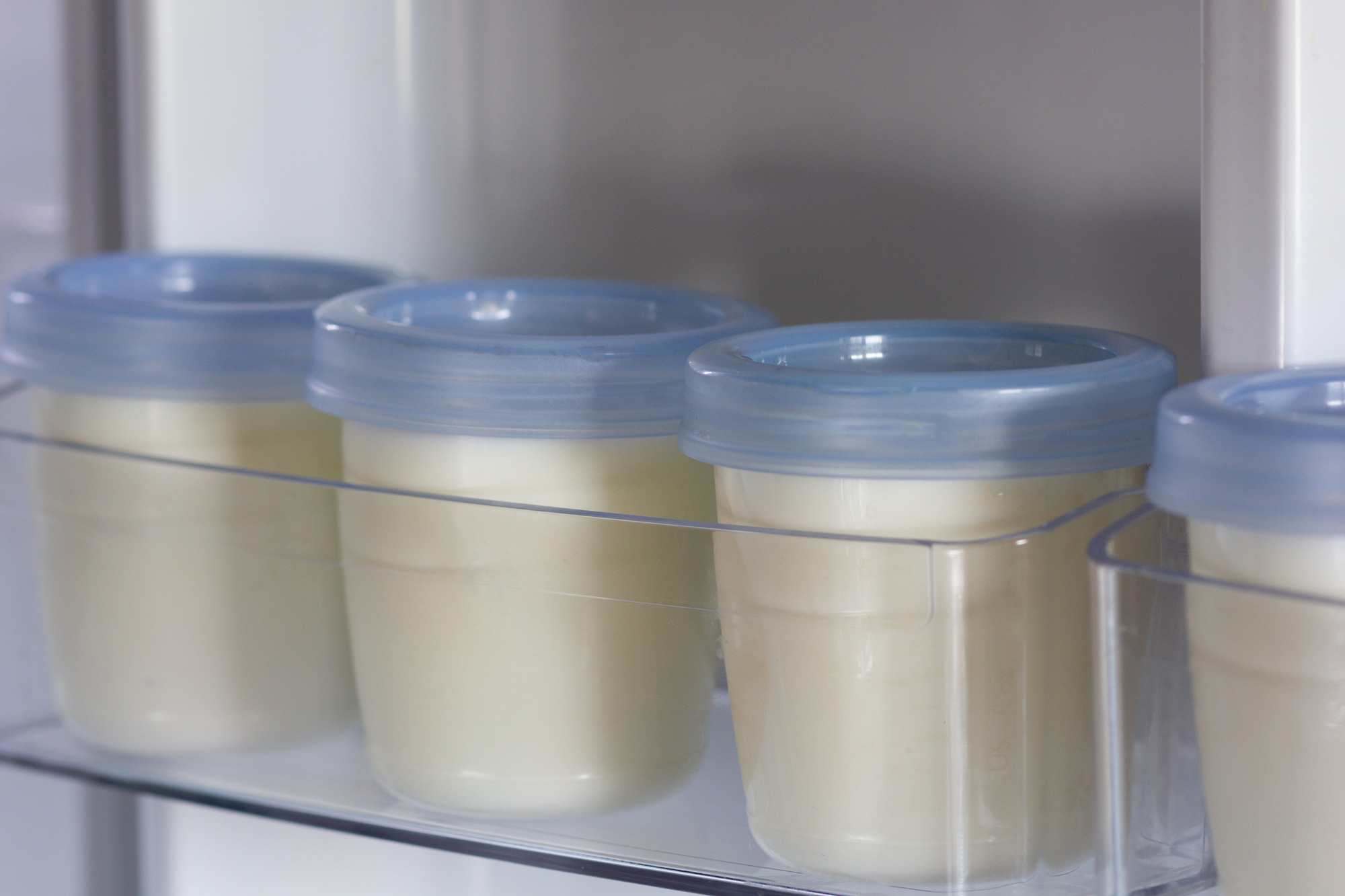Safe Bust Milk Storage Space: Comprehending the Dos and Don'ts.
Breast milk is irreplaceable in offering babies with the necessary nutrients and antibodies for healthy development. Because of this, ensuring the secure storage space of bust milk is vital for mommies that pump and keep their milk for later use. This overview looks into the vital dos and do n'ts of breast milk storage space, providing practical recommendations to protect the quality and security of this precious resource. botol asip kaca of Bust Milk Storage Comprehending Life Span: Bust milk's shelf life differs by storage method. At area temperature (approximately 77 ° F or 25 ° C), it continues to be feasible for up to 4 hours. Chilled milk (at 39 ° F or 4 ° C) can last up to four days, while icy milk (0 ° F or -18 ° C) is good for 6 months to a year. These timelines make sure the milk preserves its dietary and immunological benefits. Choosing Correct Storage Containers: Usage tidy, food-grade containers made of glass or BPA-free plastic, or specially made breast milk storage bags. These materials help maintain the milk's stability and prevent contamination. Dos of Breast Milk Storage Preserving Cleanliness: Always wash your hands prior to taking care of bust milk and make certain that all storage space containers are disinfected. This decreases the threat of microbial contamination, which can jeopardize the milk's safety. Air Conditioning and Cold Methods: Awesome bust milk in the refrigerator prior to moving it to the fridge freezer. This practice helps preserve the milk's nutritional value. Freeze milk in small quantities (2-4 ounces) to help with fast thawing and lower waste. Identifying and Organizing: Label each container with the date the milk was shared. Shop milk in sequential order, using the oldest milk initially to make certain none goes to waste. This “first-in, first-out” principle is critical for managing your milk supply efficiently.  Do n'ts of Bust Milk Storage Space Preventing Contamination: Never save breast milk in containers that have not been effectively cleansed or that are used for other objectives. This can introduce microorganisms right into the milk, positioning a wellness threat to your child. Defrosting and Re-freezing: Once defrosted, bust milk need to not be re-frozen. Thawed milk needs to be made use of within 24 hours if kept in the fridge to stop microbial growth. Always thaw milk in the fridge or by placing the container in warm water. Overfilling Containers: Leave an inch of room at the top of each container, as bust milk broadens when iced up. This prevents the container from rupturing or dripping, guaranteeing that every decline of milk is protected for your infant. Taking on risk-free breast milk storage space methods is essential for shielding your milk's top quality and your child's health and wellness. By following these dos and do n'ts, you can make sure that your kept bust milk remains a nourishing and safe source of food for your infant. Remember, the initiative you take into appropriately saving your breast milk mirrors the love and treatment you have for your child's well-being and future growth.
Do n'ts of Bust Milk Storage Space Preventing Contamination: Never save breast milk in containers that have not been effectively cleansed or that are used for other objectives. This can introduce microorganisms right into the milk, positioning a wellness threat to your child. Defrosting and Re-freezing: Once defrosted, bust milk need to not be re-frozen. Thawed milk needs to be made use of within 24 hours if kept in the fridge to stop microbial growth. Always thaw milk in the fridge or by placing the container in warm water. Overfilling Containers: Leave an inch of room at the top of each container, as bust milk broadens when iced up. This prevents the container from rupturing or dripping, guaranteeing that every decline of milk is protected for your infant. Taking on risk-free breast milk storage space methods is essential for shielding your milk's top quality and your child's health and wellness. By following these dos and do n'ts, you can make sure that your kept bust milk remains a nourishing and safe source of food for your infant. Remember, the initiative you take into appropriately saving your breast milk mirrors the love and treatment you have for your child's well-being and future growth.